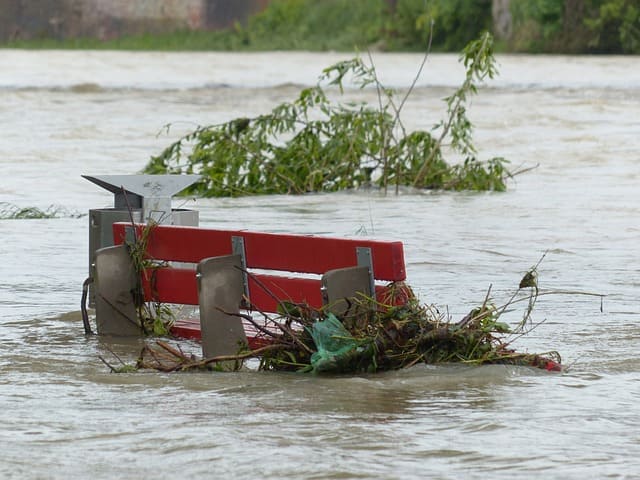Most disasters are water-related, according to the United Nations. “Floods, landslides, storms, heat waves, wildfires, extreme cold, droughts and waterborne disease outbreaks are all becoming more frequent and more intense, mainly due to climate change.”
Our water and sanitation source are vulnerable when these disasters strike.
Ensuring the adaptability of water and sanitation infrastructure is crucial for bolstering the resilience of both societies and natural ecosystems against the escalating frequency of disasters.
Key initiatives include:
- Boosting water storage
- Climate-proofing infrastructure
The Rapid Water Drill is an important tool to boost resiliency. As we’re seeing more larger-scale, longer-term disasters, what’s your plan? Humans can only survive a few days without water.
Drinking water is the major concern, but having your own water source also prevents disease.
“In the aftermath of disasters, infectious disease outbreaks are common due to the spread of sewage, the breakdown in water and sanitation services, and diminished ability to practice good hygiene,” the UN writes.
Key facts highlighted by the UN
- Water-related disasters have dominated the list of disasters over the past 50 years and account for 70% of all deaths related to natural disasters. (World Bank, 2022)
- Every $1 invested in making infrastructure disaster-resilient saves $4 in reconstruction. (UNDRR, 2021)



